Saehoon Yi
Semi-orthogonal Embedding for Efficient Unsupervised Anomaly Segmentation
May 31, 2021
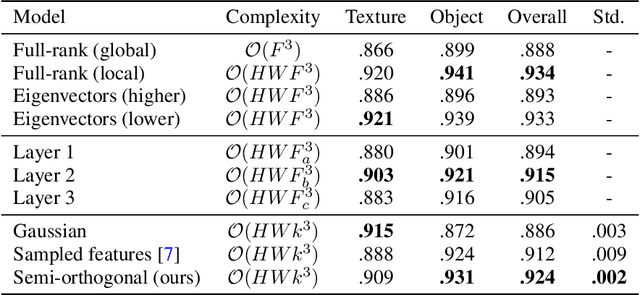
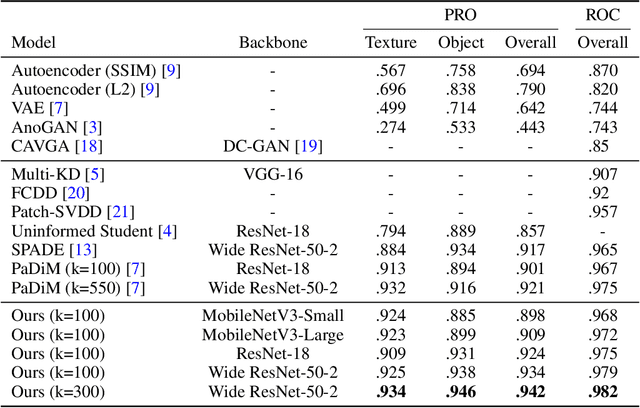

Abstract:We present the efficiency of semi-orthogonal embedding for unsupervised anomaly segmentation. The multi-scale features from pre-trained CNNs are recently used for the localized Mahalanobis distances with significant performance. However, the increased feature size is problematic to scale up to the bigger CNNs, since it requires the batch-inverse of multi-dimensional covariance tensor. Here, we generalize an ad-hoc method, random feature selection, into semi-orthogonal embedding for robust approximation, cubically reducing the computational cost for the inverse of multi-dimensional covariance tensor. With the scrutiny of ablation studies, the proposed method achieves a new state-of-the-art with significant margins for the MVTec AD, KolektorSDD, KolektorSDD2, and mSTC datasets. The theoretical and empirical analyses offer insights and verification of our straightforward yet cost-effective approach.
Multi-Cue Structure Preserving MRF for Unconstrained Video Segmentation
Jun 30, 2015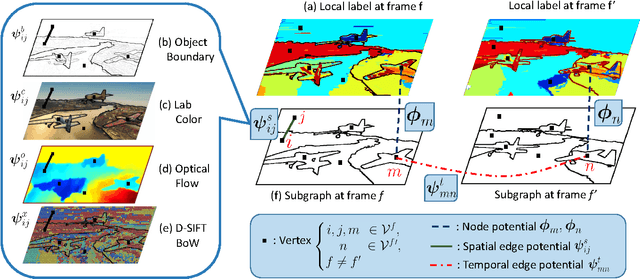
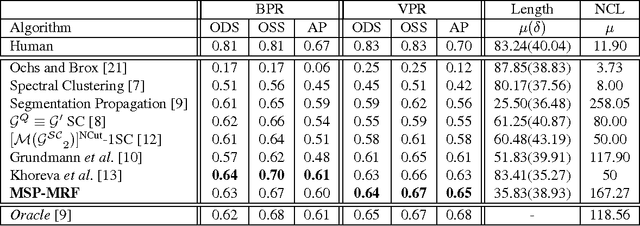

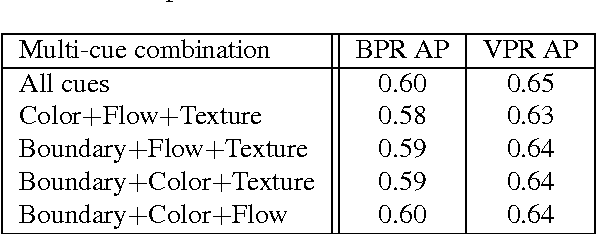
Abstract:Video segmentation is a stepping stone to understanding video context. Video segmentation enables one to represent a video by decomposing it into coherent regions which comprise whole or parts of objects. However, the challenge originates from the fact that most of the video segmentation algorithms are based on unsupervised learning due to expensive cost of pixelwise video annotation and intra-class variability within similar unconstrained video classes. We propose a Markov Random Field model for unconstrained video segmentation that relies on tight integration of multiple cues: vertices are defined from contour based superpixels, unary potentials from temporal smooth label likelihood and pairwise potentials from global structure of a video. Multi-cue structure is a breakthrough to extracting coherent object regions for unconstrained videos in absence of supervision. Our experiments on VSB100 dataset show that the proposed model significantly outperforms competing state-of-the-art algorithms. Qualitative analysis illustrates that video segmentation result of the proposed model is consistent with human perception of objects.
 Add to Chrome
Add to Chrome Add to Firefox
Add to Firefox Add to Edge
Add to Edge